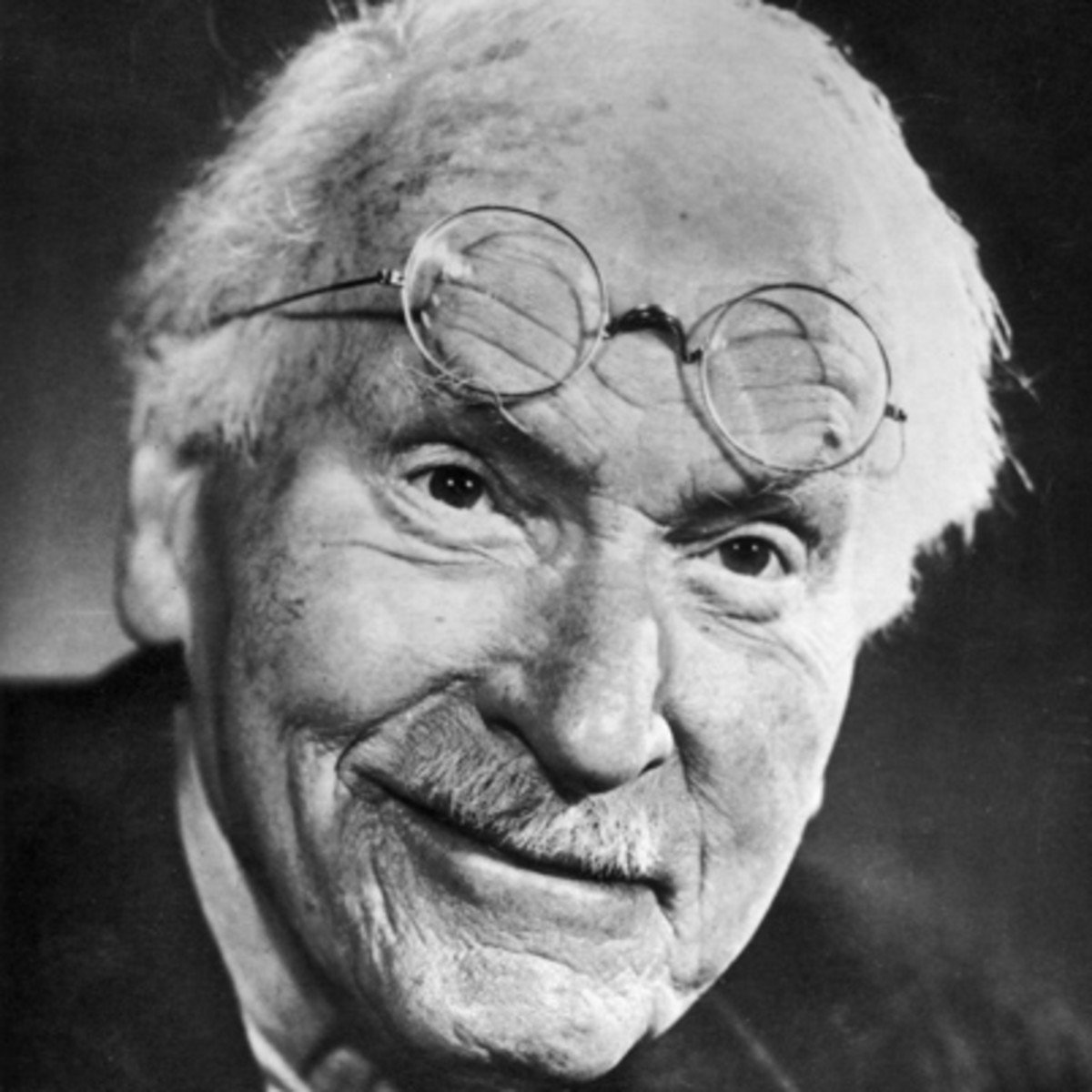
My Approach
Overview
Symptoms I’ve Worked With
Feeling too much (high anxiety, panic, easily startled, anger, sleep problems, flashbacks, “overwhelmed”)
Feeling too little (numbness, dissociation, chronic depression, shame, lack of past memories, low self-esteem)
Physiological Symptoms (chronic pain, fatigue, muscle tension, nausea, digestive issues, headaches, heart palpitations)
Behaviors (perfectionism, hyper-rationalism, caretaking, enabling, obsessive behaviors, people pleasing, substance abuse, eating disorders, or self-harm)
Attachment issues (feeling “needy” or “clingy,” craving intimacy, fearing abandonment, being over-sensitive to a partner’s moods; avoiding closeness or vulnerability; a combination of desiring closeness but pushing others away)
Some Professional Influences
Richard C. Schwartz — his development of Internal Family Systems has been the most transformational modality I’ve discovered. His believe that all humans have a core essence or “Self,” is truly powerful.
Somatic Therapies - including Peter Levine (SE), Ron Kurtz (Hakomi), Janina Fisher (Senorimotor), Stephen Terrell (TEB)
Interpersonal Neurobiology — Bonnie Baddenoch, Daniel Siegel, Diana Fosha (AEDP), Pat Ogden (Sensorimotor)
Relational Therapy — including Irving Yalom, Patricia Deyoung,François Le Doze (IFS), Dr. Gabor Maté, Bruce Perry
Marshall Rosenberg — A psychologist who pioneered - “Non-Violent Communication.”
Deb Dana & Stanley Rosenberg — the use of Polyvagal Theory in Therapy
Carl Jung

